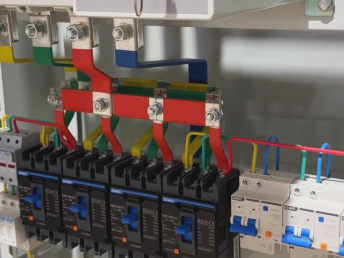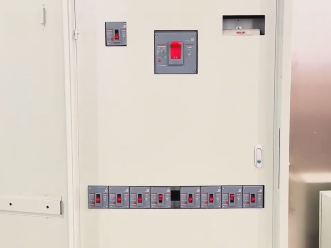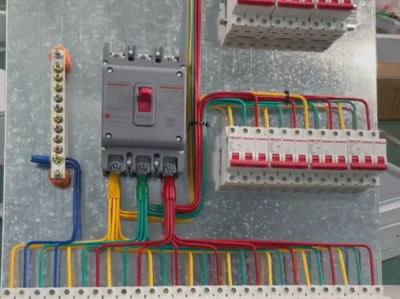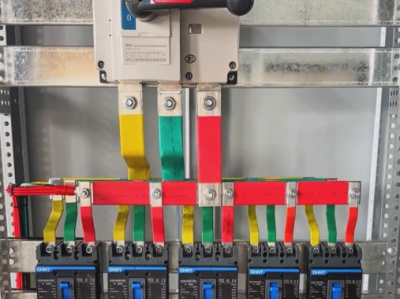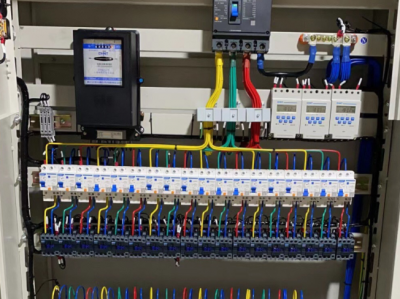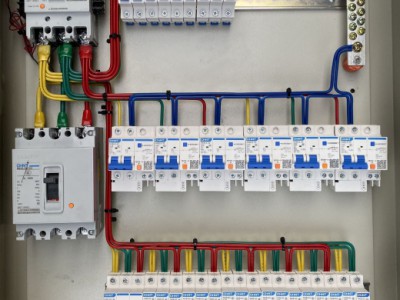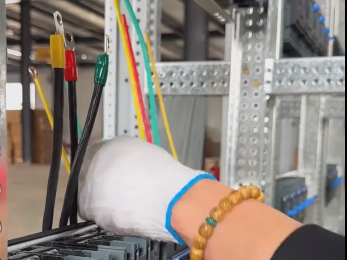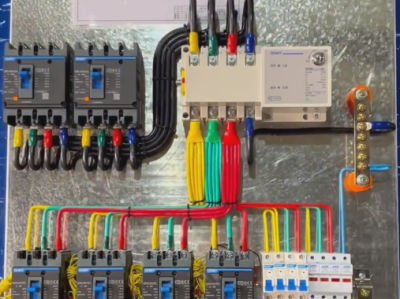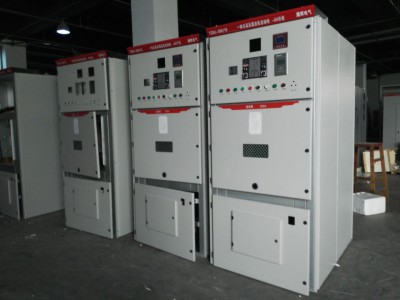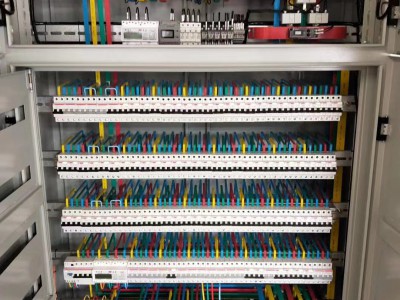The control cabinet in the 10kV cable branch box
Product description
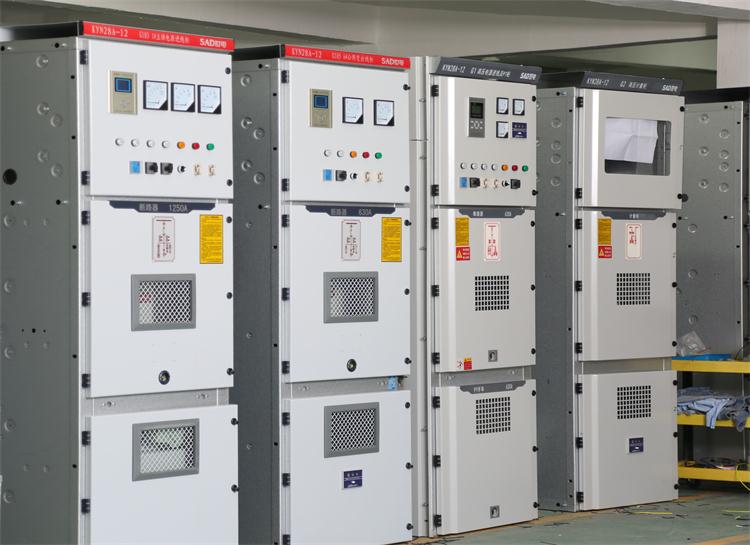 YouTube:https://youtube.com/shorts/v3DjdoX8SiM
YouTube:https://youtube.com/shorts/v3DjdoX8SiM
The following is a detailed introduction to it:
### Main Functions
- **Control and Operation**: The switchgear in the cable branch box is controlled through the operating mechanism to open and close the circuit, thus effectively managing the distribution and transmission of electric power.
- **Protection Function**: It is equipped with various protection relays and devices that can detect faults such as overcurrent, overvoltage, and undervoltage in the circuit, and promptly send signals to cut off the circuit to protect the safety of equipment and personnel.
- **Monitoring and Metering**: Measuring instruments can be installed to monitor parameters such as current, voltage, and power in the circuit in real time, providing data support for the operation and management of the power system. Some control cabinets also have metering functions, facilitating the measurement and billing of electric energy.
- **Interlocking Function**: Interlocking devices are set up to prevent misoperation and ensure that corresponding operations can only be carried out when specific conditions are met, improving the operational safety of the equipment.
### Structural Composition - **Operating Mechanism**: It is a key component for realizing the opening and closing operations of switchgear. Common ones include spring operating mechanisms and electromagnetic operating mechanisms. The operating mechanism is connected to the switchgear through mechanical transmission devices and transmits the operating force to the switch to complete the opening and closing actions.
- **Relays and Protection Devices**: These include overcurrent relays, overvoltage relays, undervoltage relays, ground protection relays, etc. These relays can monitor the operating parameters of the circuit in real time. When the parameters exceed the set values, they will act quickly to trigger corresponding protection actions and cut off the faulty circuit.
- **Measuring Instruments**: Such as ammeters, voltmeters, power meters, etc., which are used to measure and display the operating parameters of the circuit so that operators can timely understand the operating status of the power system.
- **Control Circuit**: Composed of various control elements, wires, and terminals, it is responsible for transmitting operation signals to the operating mechanism and realizing the control and signal acquisition of protection devices, measuring instruments, etc., ensuring the coordinated work among various components.
- **Interlocking Devices**: Through mechanical or electrical interlocking methods, it is ensured that when certain operations are carried out, other related operations are prohibited to prevent safety accidents caused by misoperation. For example, the operation of the grounding knife can only be carried out when the switch is in the open state.
### Common Models and Characteristics - **XGN15-12 Type**: - **Structural Features**: It adopts a unitized and modular design with a compact structure, which is convenient for installation and maintenance. The cabinet consists of parts such as the control room, busbar room, and cable room. Each room is isolated from each other, improving the safety of the equipment.
- **Application Scenarios**: It is applicable to power systems with an alternating current of 50Hz and 12kV, and is widely used in industrial and civil cable ring networks and power supply terminal projects, such as power distribution in urban residential areas, small secondary substations, switchgear rooms, industrial and mining enterprises, shopping malls, and other places.
- **Performance Advantages**: With the SF6 switch as the main switch, it has the advantages of strong arc extinguishing ability and good insulation performance. At the same time, it is equipped with complete control and protection functions and can meet the needs of different users.
- **DFW-12 Type**: - **Structural Features**: The cabinet structure is of an assembled type, which is stable and reliable, and convenient for combination. It can form ring network power supply units and various wiring modes. The material of its outer shell is usually stainless steel, which has good corrosion resistance and protection performance.
- **Application Scenarios**: It is applicable to three-phase alternating current systems of ring network cabinets or radial terminal power supplies with a rated voltage of 12kV, a rated frequency of 50Hz, and a rated current of 630A or less. It is often used in urban power supply load centers and distribution automation systems for cable power supply.
- **Performance Advantages**: It adopts advanced sensing technology and protection relays, and has functions such as remote signaling, remote measurement, remote control, and fault current detection, enabling remote monitoring and automated management of the power system.
### Precautions for Installation and Maintenance
- **Installation Requirements**: - The installation position of the control cabinet should be convenient for operation and maintenance. Meanwhile, factors such as ventilation, heat dissipation, and moisture prevention should be considered. Generally, it should be installed in a dry and well-ventilated room or box.
- During installation, it should be ensured that the connection between the cabinet and the foundation is firm and the grounding is reliable to guarantee the normal operation of the equipment and the safety of personnel.
- The laying of cables should comply with relevant standards and specifications. The cable connections should be firm and reliable to avoid phenomena such as looseness and virtual connection that may affect the performance of the equipment.
- **Maintenance Points**: - Regularly clean and inspect the control cabinet, remove dust and debris inside the cabinet, and check whether the connections of various components are loose. If they are loose, they should be tightened in time.
- Check the flexibility and reliability of the operating mechanism. Regularly lubricate and maintain the operating mechanism to ensure that it can operate the switchgear normally.
- Verify the accuracy of protection relays and measuring instruments to ensure that they can work normally and detect and handle faults in a timely manner. -Check the effectiveness of the interlocking devices to prevent misoperation caused by the failure of the interlocking.
- Regularly conduct insulation resistance tests and withstand voltage tests on the control cabinet to detect the insulation performance of the equipment and ensure the safe operation of the equipment.

